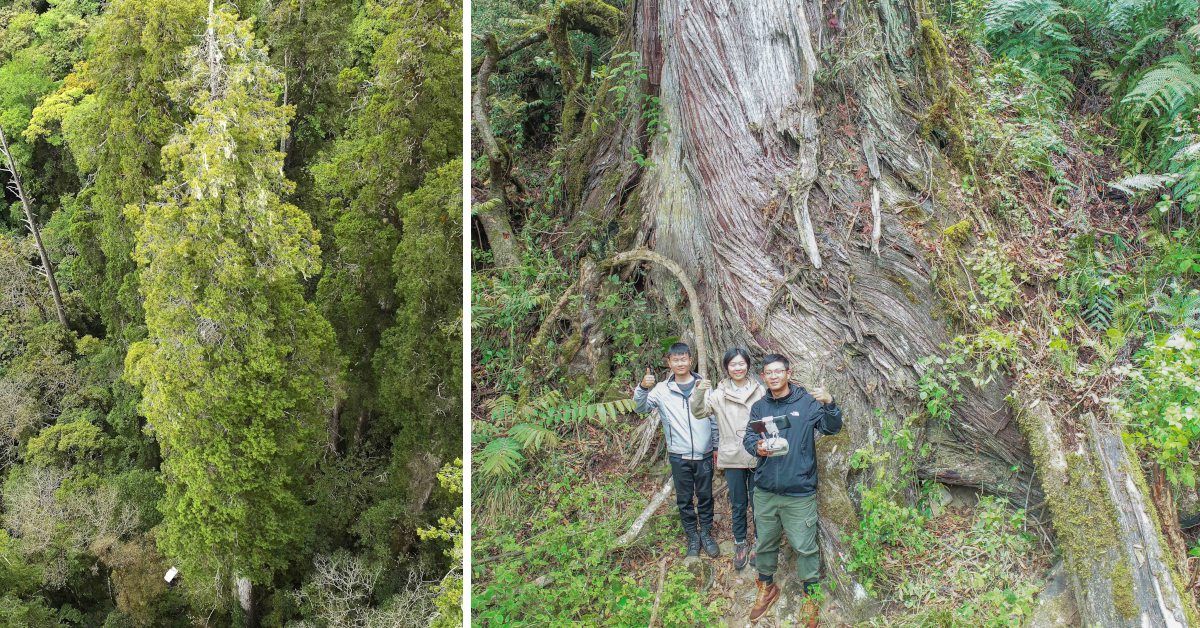A newly discovered 335-foot-tall cypress tree is the tallest ever discovered in Asia.

A recent discovery has shattered the record for the tallest tree in Asia. A team of researchers from Peking University, the Xizijiang Conservation Center and the Shan Shui Conservation Center has found a 102.3-meter (335-foot) tall Himalayan cypress (Cupressus torulosa) in the Yarlung Zangbo Grand Canyon in Bome County of Nyingchi Prefecture, southwest China’s Tibet Autonomous Region.
The tree is not only the tallest in Asia, but also the second tallest tree species in the world, after the coast redwood (Sequoia sempervirens) found in America.

The Himalayan cypress is a rare and endangered plant species that is mainly distributed in southeast Tibet and some parts of India and Nepal. It is classified as a first-class protected plant species in China. The tree has a complex branch structure and a vertical shape that create ideal microclimates and habitats for some endangered plants and animals. It also has supporting roots that are not completely buried underground, which help it withstand strong winds and landslides.

The discovery was made in May 2023, as part of an ongoing ecological survey of the region, which is facing threats from climate change and development. The researchers used a lidar drone, a device that uses laser beams to measure distances, to map an area that has a cluster of Himalayan cypresses. They then confirmed the height of the giant tree using a 3D laser scanner and lidar technology, which produced a highly accurate 3D point cloud model of the tree.

The Yarlung Zangbo Grand Canyon is the world’s deepest canyon, with a maximum depth of 19,714 feet. It is also home to many other giant trees, some of which are over 85 meters tall and 25 of which are over 90 meters tall. The researchers believe that this region is the currently known area with the highest height and distribution density of giant trees in China.

The discovery of Asia’s tallest tree has significant implications for biodiversity conservation and ecological research. It shows that there are still unknown treasures hidden in the remote forests of Xizang, and that these forests need to be protected from human interference and environmental degradation. It also provides valuable data for understanding the growth mechanisms and ecological functions of giant trees, which are vital for maintaining ecosystem stability and carbon sequestration.













